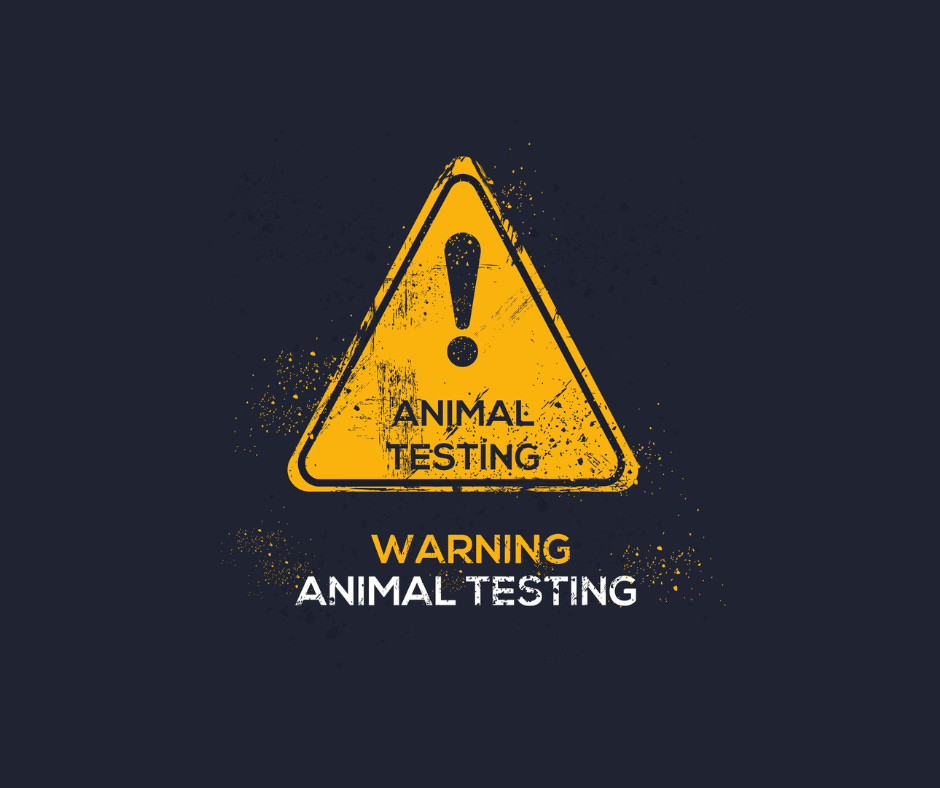For as long as humans have shared the planet with other beings, a fundamental question has lingered: do animals experience pain like we do? While they can't express it in the same way we do, a growing body of evidence reveals a complex reality beyond mere reflex reactions. Understanding this experience is crucial, not just for scientific curiosity, but for shaping our ethical treatment of these sentient creatures.
Shared Suffering: The Biology of Pain Binds Humans and Animals
While welfare laws exist across the globe, their patchwork protection often falls short of the agonizing reality endured by billions of farm animals. Dr. Gwendolen Reyes-Illg, a renowned veterinarian and advisor to the Animal Welfare Institute, cuts through the ambiguity: "There's absolutely no doubt that farm animals feel pain in a way that's very similar to humans." Our shared physiological blueprint underscores this truth. The intricate network of pain receptors and the fundamental structure of our nervous systems scream the same story: pain isn't an alien concept for these sentient beings. Yet, the brutal realities of factory farming – from branding and castration without anesthesia to relentless confinement – inflict a daily burden of unimaginable suffering.
Let's move beyond the question of "if" and delve deeper into the "how" and "why". By understanding and acknowledging the complex reality of animal pain, we can build a future where compassion, not exploitation, defines our relationship with the rest of the animal kingdom.
Beyond words: the silent language of pain
Imagine trying to navigate your world without speech, relying solely on your body to express your emotions. This is the reality for most animals. Though they may not articulate their discomfort like humans, their behavior speaks volumes. From the whimper of a puppy with a paw caught in the door to the frantic pacing of a caged elephant, animals exhibit unmistakable signs of pain and distress. Just like us, they lick their wounds, withdraw from touch, and display changes in appetite and activity levels.
Science speaks: the biology of shared suffering
The similarities between human and animal pain go beyond visible behavior. We share a remarkably similar neurobiology of pain. Animals possess the same nociceptive system, a network of nerves and receptors that detect and transmit pain signals to the brain. These signals trigger the release of the same neurotransmitters, like endorphins, that modulate our own pain experiences. Studies have even shown that animals respond to pain medication in similar ways, further solidifying the biological basis of their suffering.
Beyond laws: a call for ethical consideration
The scientific evidence is clear: animals are not simply pain-free machines. They are sentient beings capable of experiencing the full spectrum of emotions, including the unpleasant bite of pain. Recognizing this shared vulnerability compels us to re-evaluate our relationship with them. Animal welfare laws, while important, often fall short of addressing the inherent value and right to a life free from unnecessary suffering.
Taking action: towards a compassionate future
By embracing a vegan lifestyle, we can choose to remove ourselves from a system that inflicts immense pain and suffering on billions of animals each year. Choosing plant-based alternatives to meat, dairy, and eggs is not just a dietary shift; it's a powerful statement of compassion and respect for all living beings.
Resources for further exploration:
Subscribe and receive a single informative article daily at 12:01 AM by email. For additional updates, explore my homepage with exciting content on vegan and plant-based news, coupled with delightful recipes. Stay connected to the vegan world and all it has to offer.




